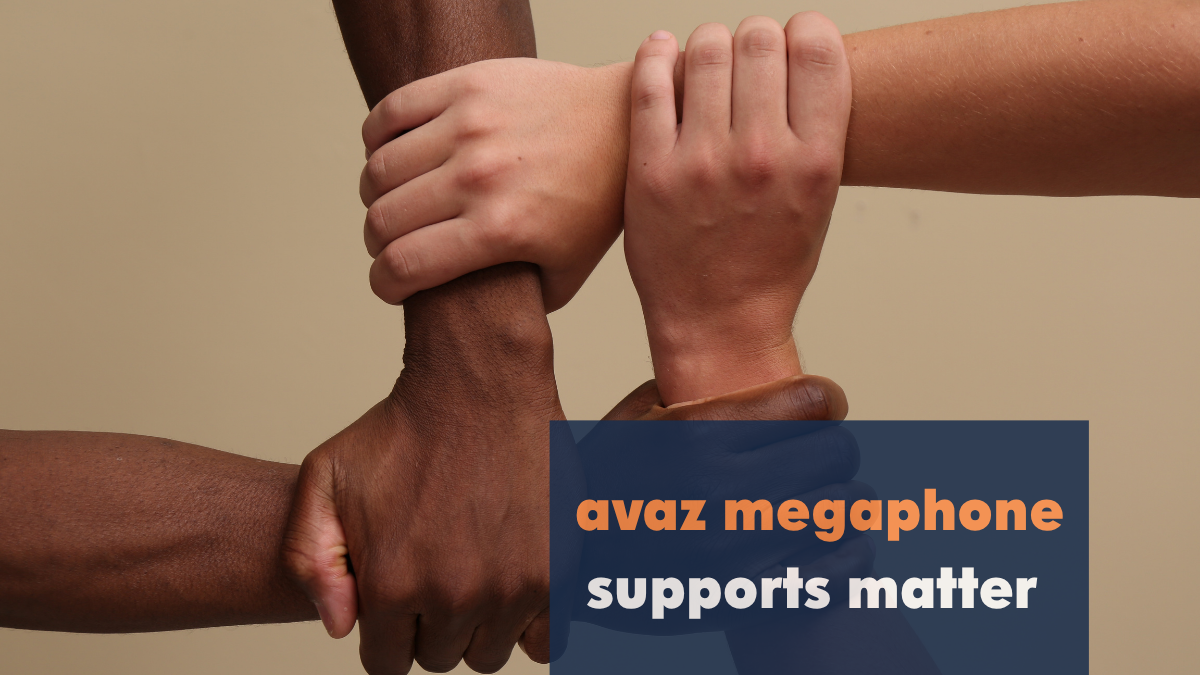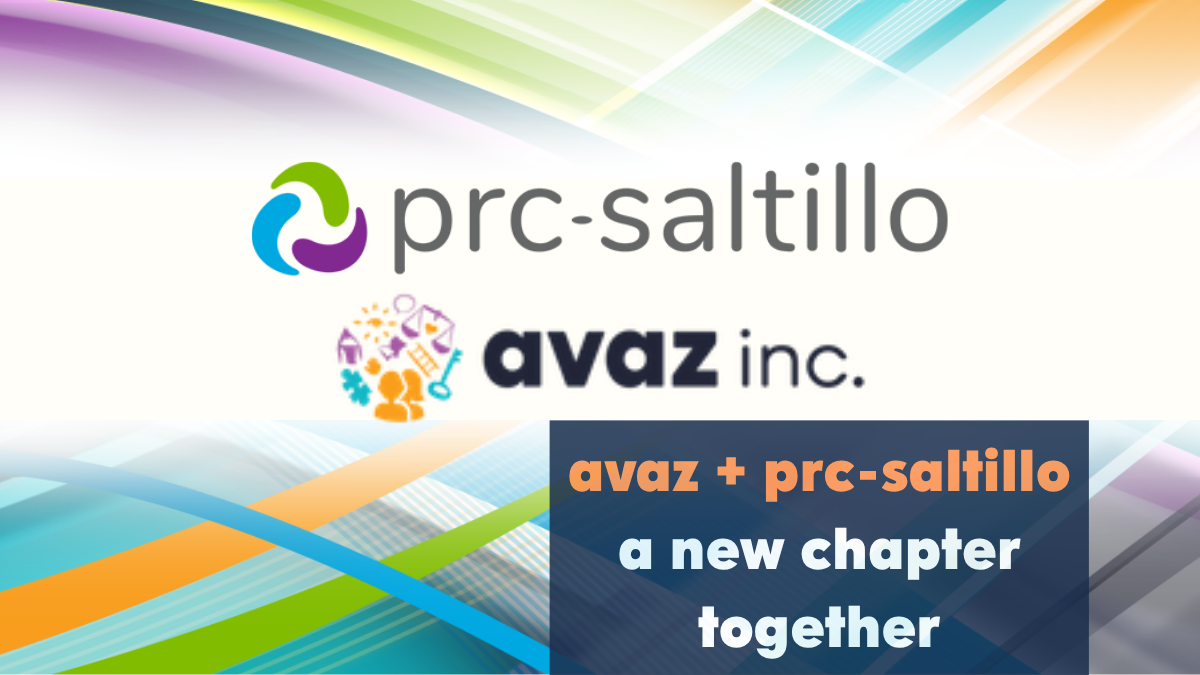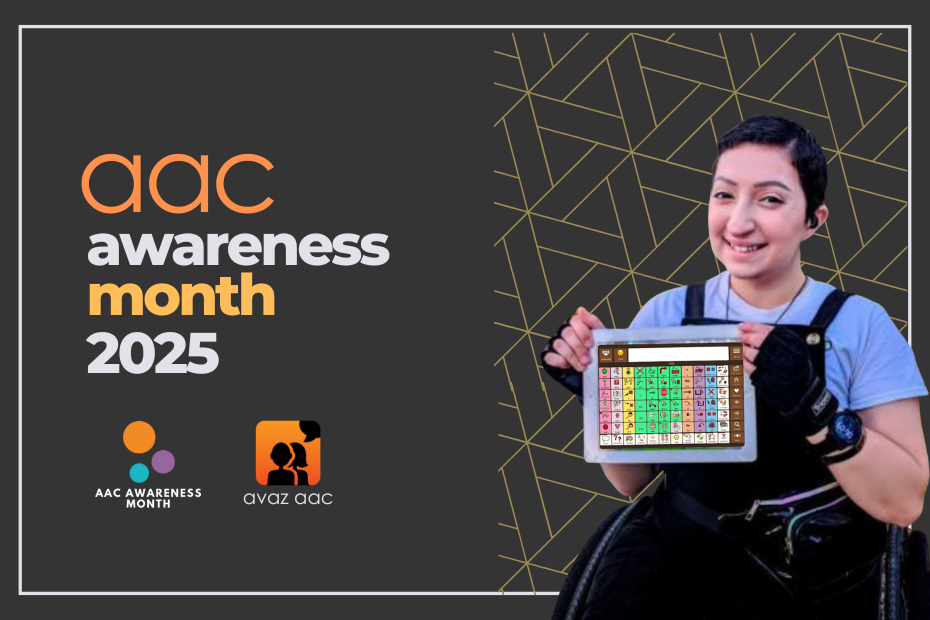

Here are a few resources to help you combat the challenges that arise due to the COVID-19 crisis:
Talking to Children:
Several schools have closed and children may sense the panic even if they do not grasp the gravity of the situation. Not addressing their fears can heighten their anxieties. So, parents and family members must reassure them and help them make sense of all the furore over the pandemic. Children with special needs may need more support to comprehend how the virus spreads and ways to protect themselves. Trusted adults must have an honest conversation about the pandemic, including as much information as they deem appropriate for the child’s age and cognition. For children using AAC (Augmentative and Alternative Communication), visual supports may help in reiterating the steps to follow to keep themselves safe. You can create visual supports now for free on Smarty Symbols by using the promo code HOMEVISUALS.
Here are more links with visual supports and information regarding COVID-19:
Wash, Wash, Wash Your Hands
Washing hands regularly is general hand hygiene. But young children are not typically known for their squeaky clean hands, given their tendencies to explore things by physically touching them.
UNICEF has emphasized the role of correct hand washing techniques and other safe practices for coronavirus prevention.
Humming Happy Birthday twice is suggested as a hack to indicate how long we should be washing our hands for. Not a huge fan of the tune? https://washyourlyrics.com/ is a website that lets you use any song as a Wash-your-hands jingle. This has really caught on with netizens who have generated thousands of posters with song lyrics from artistes including BTS, Shakira, Coldplay, etc. Children seem to love the idea of listening to their favourite songs while washing their hands.
https://birthday-hands.glitch.me/ is an app that tells you the celebrities you can sing birthday to while washing your hands. Handwashing need not be a drudgery anymore courtesy of these simple and ingenious ideas.
Device Sanitation
With cities in lockdown, and experts urging to practise ‘social distancing’, many adults and children may turn to their smartphones for social engagement. However, experts say that devices are hotbeds of germs. For high tech AAC users, this amplifies the risks because they may need their AAC systems at all times for communication. Given the serious consequences, it’s important to regularly sanitize devices and device cases.
Samsung is offering free UV-C light sanitation for some of its devices in several of their Samsung experience stores (Check if your local store offers this service). Apple is instructing iPhone owners to use a cloth dampened with water to clean their phones while warm soapy water can be used for the iPhone 11, 11 Pro, and 11 Pro Max. Apple also says that you can use Clorox wipe or a wipe with 70% isopropyl alcohol to clean your iPhones.
- What Not to Do:
Don’t use harsh chemicals, window cleaners, or rubbing alcohol on your screens as these may damage the coating on the screens. Using paper towels can scratch the screen while using antibacterial wipes may often not be a great idea. Make sure not to let moisture get into open areas of the devices
- What You can Do:
Dampen a microfiber cloth with mild soap solution and quickly wipe down the screen. Please ensure that your phone is water-resistant before doing this.Use cotton swabs to clean headphone jacks and around the buttons.
Assistive technology users need to sanitize their equiments in addition to maintaining their self-hygiene.
Numotion has instructions for cleaning wheelchairs and other equipment : https://www.numotion.com/blog/march-2020/coronavirus-what-to-do-if-you-re-in-a-wheelchair.
Creating a Supportive Learning Environment
School closures have led to parents struggling to keep their bored children engaged. More and more school districts are opting for virtual classes. But for young children, online classes may not be effective without active adult supervision. For children with special needs, school closures pose additional challenges beyond learning. Parents are concerned about the possibility of childrens’ progress being stalled due to suspension of therapy sessions or classroom instruction.
Parents of beginning AAC communicators too worry about children losing ground on their AAC journey and forgetting the skills they’ve picked up painstakingly over several months. But thanks to the power of the internet, children can continue their AAC learning through virtual therapy sessions. Avaz AAC’s Avaz Live is a powerful feature through which therapists can demonstrate AAC strategies on their systems, or take control of the AAC user’s systems and change vocabulary settings. This way, if the AAC user was on course to get additional vocabulary added or to move to advanced vocabulary, they can do so with the help of the expert. If you want to know more about Avaz Live, please reach out to support@avazapp.com.
AccessiByte is supporting remote learning for those who use assistive technology by offering free access to its apps.
Here are a few more learning and recreational resources to keep children occupied:
-
- Teachers Pay Teachers has a handy resource for practising AAC without an AAC system
- helpkidzlearn.com/ has apps for eye gaze users
- DId You Know That has several interesting facts explained in ASL
- Khan Academy has several resources including daily schedules for children aged 4 to 18
- Shared Tar Heel Reader is a great place for parents to read books with AAC users while modelling core words
- Emily Diaz has a few useful AAC training tips
- Scholastic offers reading and other projects for different grade levels
- Storylineonline.net has a fun collection of children’s books read by celebrities including Al Gore, Oprah Winfrey, Betty White, Kristen Bell etc.
- Mystery Science is supporting remote learning of science by offering access to their full lessons without signups
- BrainPOP is giving schools closed due to COVID free access to its suite.
- Kahoot is offering free access to its premium features to support schools affected by COVID.
- Book Creator has a bunch of ideas for remote learning
- OMazingKids has listed out a bunch of apps now free on the app store
- Zearn is offering entire K-5 curriculum for free
- thesingingclassroom.com/ has fun resources for grades PreK-6
- pernillesripp.com/ has a list of resources for read-aloud stories
- https://www.n2y.com/unique-learning-system/math/
- Growing Book By Book has a list of resources for read-aloud stories
- https://lessonpix.com/sharing?fbclid=IwAR2Z0J4UBj3NSUQTRebPUeuIinfO_QEUb-KlH25oo0rzd1DJzFqfeJIb5pw
- Achieve3000 has several free printable packets for different grade and reading levels.
- Adventuresinfamilyhood.com has a list of virtual field trips
- Facts4me.com gives free access to its resources til APr. 4, 2020 (Username:read Password:read)
Mental and Emotional Health


Children may experience a wide range of emotions due to the circumstances surrounding the virus outbreak and maybe unable to express them. Especially those with special needs may not be able to communicate their fears or feelings of distress. Adults must encourage them to express what they feel. While it is important to drive home the significance of following safe practices, this needs to be done discreetly so as to not scare the child. Here are a few resources that explain how to take care of mental health:
Telegraph’s video about mental health
Guardian’s video to deal with cabin fever
WHO has this PDF about mental health considerations
https://www.eachmindmatters.org/ask-the-expert/stayingconnected/
CDC has a bunch of resource about reducing-stigma and self care
SAMHSA has a few tips for social distancing
WHO’s Q&A on mental health during COVID-19
If you know of any other resources or links, please share them in the comment section below. We’ll keep updating the post as and when we come across authenticated resources



